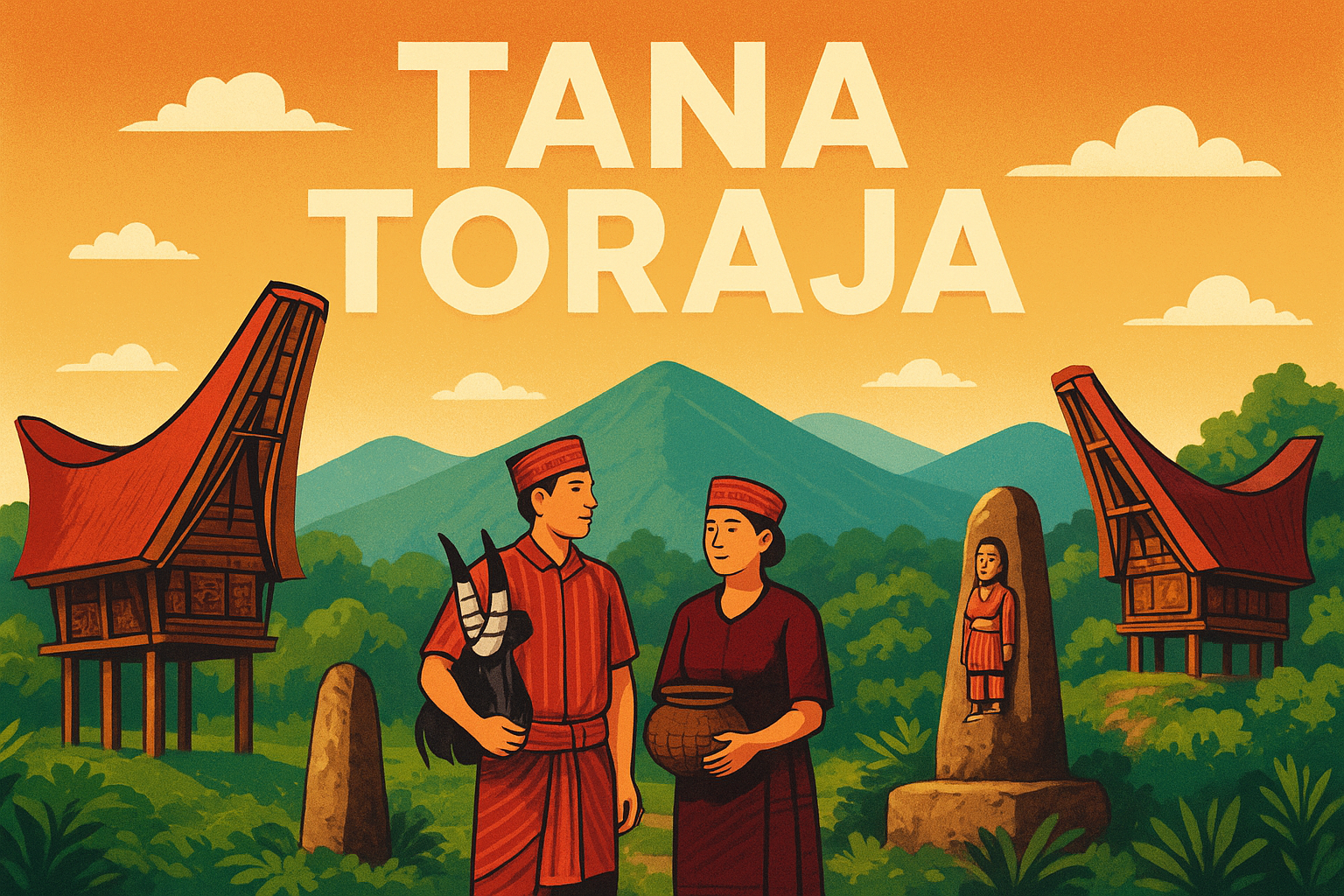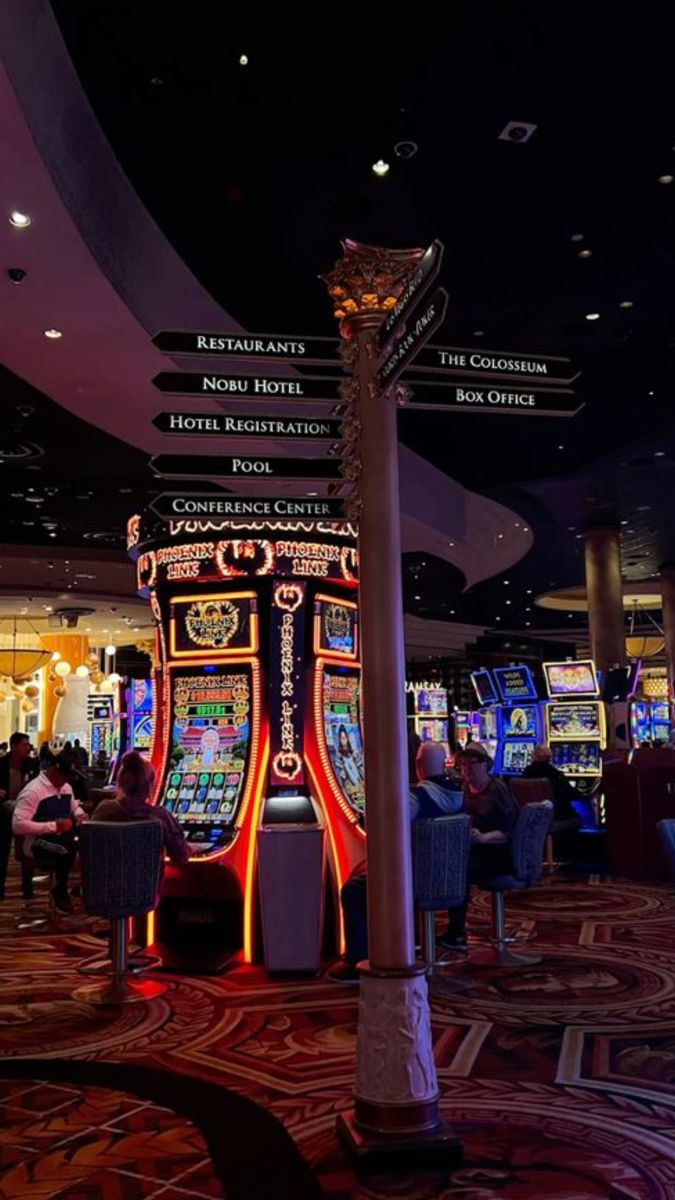Tana Toraja: Exploring the Highlands of Culture, Rituals, and Natural Wonders
Indonesia is a vast archipelago blessed with extraordinary cultures, traditions, and landscapes. Among its many treasures, Tana Toraja, located in the highlands of South Sulawesi, stands as one of the most unique destinations in Southeast Asia. Known for its dramatic funeral ceremonies, traditional houses called Tongkonan, and stunning landscapes of rice terraces and mountains, Tana Toraja offers a cultural experience unlike anywhere else in the world.
In this article, we will dive deep into the history, rituals, daily life, and travel highlights of Tana Toraja, providing a complete guide for those who wish to explore this magical land.
1. Introduction to Tana Toraja
Tana Toraja, which means “Land of the Toraja People,” is a regency located in the highlands of South Sulawesi, Indonesia. The Torajan people have lived here for centuries, preserving traditions that are deeply tied to their belief systems, rituals, and connection with ancestors.
Unlike many other Indonesian regions that are predominantly Muslim, Tana Toraja is mostly Christian today, yet its people still strongly embrace indigenous beliefs and animist traditions. This fusion creates a fascinating cultural identity that attracts anthropologists, historians, and travelers from around the world.
2. The History of Tana Toraja
The Torajan people originally practiced Aluk To Dolo, an ancient animist faith that governs not only religious rituals but also social order, agriculture, and architecture. With the arrival of Dutch missionaries in the early 20th century, Christianity spread widely, but traditional rituals remained essential to Torajan identity.
During colonial times, the Dutch considered Toraja a “living museum” due to its unique traditions. After Indonesian independence, the Torajan culture gained even more recognition, especially for its elaborate funeral ceremonies, which today attract thousands of visitors each year.
3. Unique Funeral Traditions: The Heart of Torajan Culture
One of the most striking aspects of Torajan life is their perspective on death and the afterlife. Unlike in many cultures where death is seen as the end, the Torajans view it as part of a continuous journey.
3.1 Funerals as Social Events
Funeral ceremonies in Tana Toraja are not just family matters; they are grand social gatherings involving the entire community. A funeral can last several days and include traditional dances, music, buffalo sacrifices, and feasts.
3.2 Rambu Solo
The most famous ritual is Rambu Solo, an elaborate funeral ceremony. Families may save money for years to hold these events, as they reflect not only respect for the deceased but also the family’s social status.
3.3 The Role of Buffaloes
Buffaloes hold deep spiritual significance. It is believed that buffaloes guide the soul of the deceased to the afterlife. The more buffaloes sacrificed, the faster the journey to Puya (the Torajan afterlife).
3.4 Ma’nene Festival: The Ceremony of Cleaning Corpses
Another unique ritual is the Ma’nene ceremony, also known as the “Cleaning of the Corpses.” Every few years, families exhume the preserved bodies of their loved ones, clean and redress them, then walk them around the village. To outsiders, this may seem unusual, but for Torajans, it is an act of love and respect.
4. Traditional Houses: The Iconic Tongkonan
The Tongkonan is the traditional house of the Torajan people, instantly recognizable by its boat-shaped, upward-curving roof.
- Symbolism: The design represents connection to ancestors and the cosmos.
- Social Status: Owning a Tongkonan is a symbol of nobility and heritage.
- Decorations: Walls are often carved with intricate motifs painted in red, black, and yellow, each symbolizing aspects of life, fertility, and spirituality.
Tongkonan houses are not just residences; they are the center of family identity and cultural continuity.
5. Natural Beauty of Tana Toraja
Beyond its cultural richness, Tana Toraja is blessed with breathtaking natural landscapes.
5.1 Rice Terraces and Highlands
Similar to Bali or Sapa in Vietnam, Tana Toraja is covered with lush rice terraces set against mountain backdrops, creating postcard-worthy views.
5.2 Limestone Cliffs and Burial Sites
The region is dotted with limestone cliffs where carved caves serve as burial chambers. Wooden effigies called Tau Tau stand at the entrances, representing the deceased.
5.3 Scenic Villages
Villages like Ke’te Kesu and Lemo are famous for their blend of traditional architecture and dramatic burial sites.
6. Torajan Beliefs and Daily Life
6.1 Aluk To Dolo
Although Christianity dominates today, many aspects of daily life are still guided by Aluk To Dolo, which dictates rituals related to farming, marriage, and funerals.
6.2 Agriculture
Most Torajans are farmers, growing rice, coffee, and cocoa in the fertile highlands. Coffee from Toraja is now recognized worldwide for its quality and rich flavor.
6.3 Art and Craft
Handwoven textiles, wood carvings, and traditional Torajan motifs remain essential parts of daily life and are popular souvenirs for visitors.
7. Festivals and Celebrations
- Rambu Solo (Funeral Ceremony) – Held year-round, depending on the family.
- Ma’nene Festival – Occurs every few years, typically in August.
- Harvest Celebrations – Linked to agricultural cycles, featuring dance, music, and feasting.
These events make Tana Toraja a destination where travelers can experience living traditions firsthand.
8. Traveling to Tana Toraja
8.1 How to Get There
- By Air: The nearest airport is in Makassar (Sultan Hasanuddin International Airport). From there, travelers can take a domestic flight to Toraja Airport in Rantetayo.
- By Land: A scenic bus or car journey from Makassar to Rantepao takes about 8–10 hours.
8.2 Best Time to Visit
The best time to visit is during the dry season (June–September) when festivals are most frequent and the weather is pleasant.
8.3 Accommodation
From traditional guesthouses to modern hotels, Tana Toraja offers a range of accommodations, often designed with local architecture styles.
9. Sustainable Tourism in Tana Toraja
As Tana Toraja grows in popularity, sustainable tourism practices are increasingly important. Respect for local customs, responsible waste management, and supporting local businesses help preserve the culture and environment.
Travelers are encouraged to:
- Ask permission before photographing rituals.
- Support local artisans by buying authentic crafts.
- Respect sacred sites and burial grounds.
10. Why Tana Toraja Should Be on Your Travel List
Tana Toraja is not just a destination—it is an immersion into a way of life where tradition, spirituality, and community remain strong despite modernization. Its combination of cultural depth and natural beauty makes it one of the most fascinating regions in Indonesia.
Whether you are drawn by the dramatic rituals, the striking architecture, or the stunning landscapes, a journey to Tana Toraja will leave an unforgettable mark on your understanding of humanity and tradition.
Conclusion
Tana Toraja is a living testament to Indonesia’s cultural richness. It represents a community that has preserved its rituals and beliefs for centuries, while still adapting to modern times. For travelers seeking not just adventure but also profound cultural insight, Tana Toraja offers an unparalleled experience.




